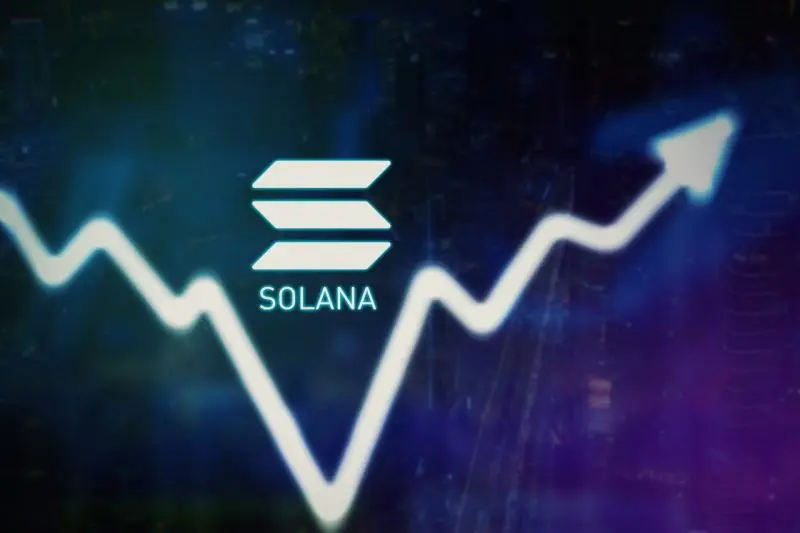- The project’s developers explained that the move was driven by Solana’s capability to improve the efficiency and scalability of projects built on it.
- Many developers regard Solana as the best network for building decentralized applications.
On September 22, the Helium foundation issued an official statement saying it would move the Helium mainnet to the Solana blockchain after the completion of votes by the community on the HIP 70 proposal. At the end of the voting process, more than 81 percent of the token-based voters supported the switch to Solana. A part of the proposal states that the Helium oracles would contain the data transfer and proof-of-coverage mechanisms.
The Helium foundation added that it is hoping to complete the migration before the end of Q4 2022. Nova Labs CEO and the network’s co-founder, Amir Haleem, told the media that he is optimistic that the migration will be complete by the end of Q4 2022.
Haleem explained that the Nova Labs team (the representatives of the core contributors and founders of the Helium network) started working on Helium’s off-chain oracles to ensure it’s compatible with the Solana-based design. Helium’s co-founder also said that the on-chain work, such as token redemption and minting, is more straightforward.
🚨It’s official! The HIP 70 vote has ended. #Helium will be moving to the @Solana blockchain!👏🏼 pic.twitter.com/V2WIajou7R
— Helium🎈 (@helium) September 22, 2022
However, the Solana blockchain will contain Helium’s tokens and governance. According to the developers, there are several benefits that Helium will enjoy from this move. More of its native token (HNT) will be available to more subDAO reward pools, mining consistency will improve, and better ecosystem support.
Additionally, the HNT and subDAO tokens will enjoy greater utility, while data transfer will become more reliable. Earlier in the week, Nova Labs (the firm behind Helium) announced a partnership deal with the foremost American telecommunications provider, T-Mobile. The partnership will lead to the launch of Helium mobile, a crypto-enabled mobile service that allows users to earn rewards in digital currencies.
Helium mobile users with a 5G-enabled device can earn token rewards for their help in identifying Helium dead-spot locations globally. They would also receive the same token rewards for sharing their feedback regarding coverage quality. Helium, a blockchain wireless communications protocol, offers open-source coverage globally.
More than 900,000 hotspots have been deployed with Helium following its launch three years ago, and the units keep increasing by 1,000 every day. Since the program became active last month, there have been more than 2,500 active 5G Helium hotspots across 889 American cities.
Solana as a hub for the development of decentralized applications
According to many project developers, Solana (Helium’s new blockchain) is the best network for building decentralized applications. Based on vote transactions, Solana’s daily transaction volume has surged by 100 percent, moving to 200 million from 100 million. The blockchain’s user base exceeded the one million mark in May this year.
Helium developers suggested the switch to Solana because the blockchain has the right features for scaling projects and improving operational efficiency. Once the migration is complete, the team will unveil a new version of the Helium wallet app. The announcement also states that Helium’s layer-1 blockchain history will remain public. Furthermore, users can access the new wallet app by updating their current one.


